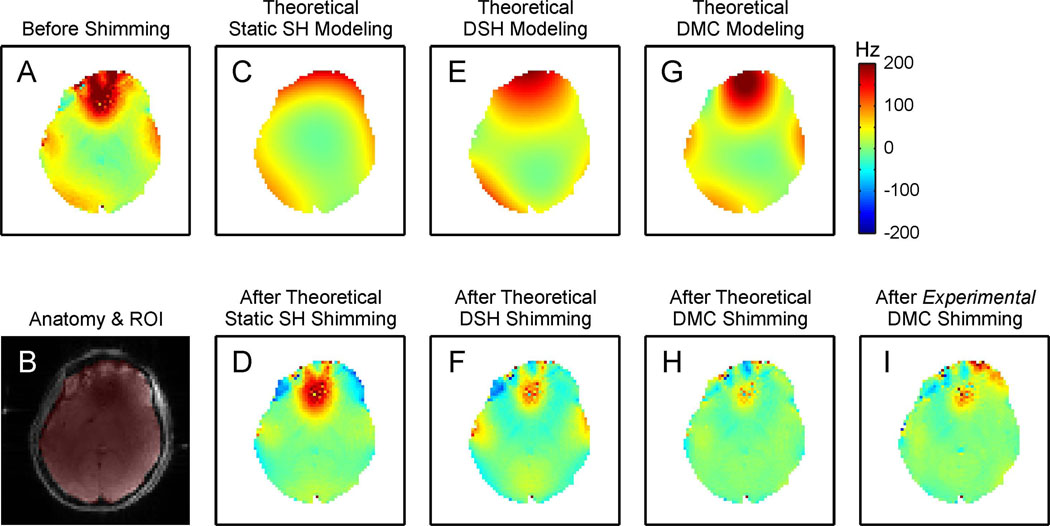Fig. 3. DETAILED COMPARISON OF SHIMMING METHODS.
Magnetic field modeling characteristics of different shimming strategies (first row) and their performance for shimming the human brain at 7 Tesla (second row, except B). The zero through third order SH functions allowed the synthesis and removal of shallow magnetic field components, but significant imperfections remained throughout the brain or were even induced (C–F). The DMC approach was capable of generating a magnetic field distribution that more closely resembled the original distortion over the entire slice including the strong and localized field focus in the PFC (G). Correspondingly, DMC shimming removed the largest part of the magnetic field inhomogeneity as predicted theoretically (H) and shown experimentally (I). (See text for details)

